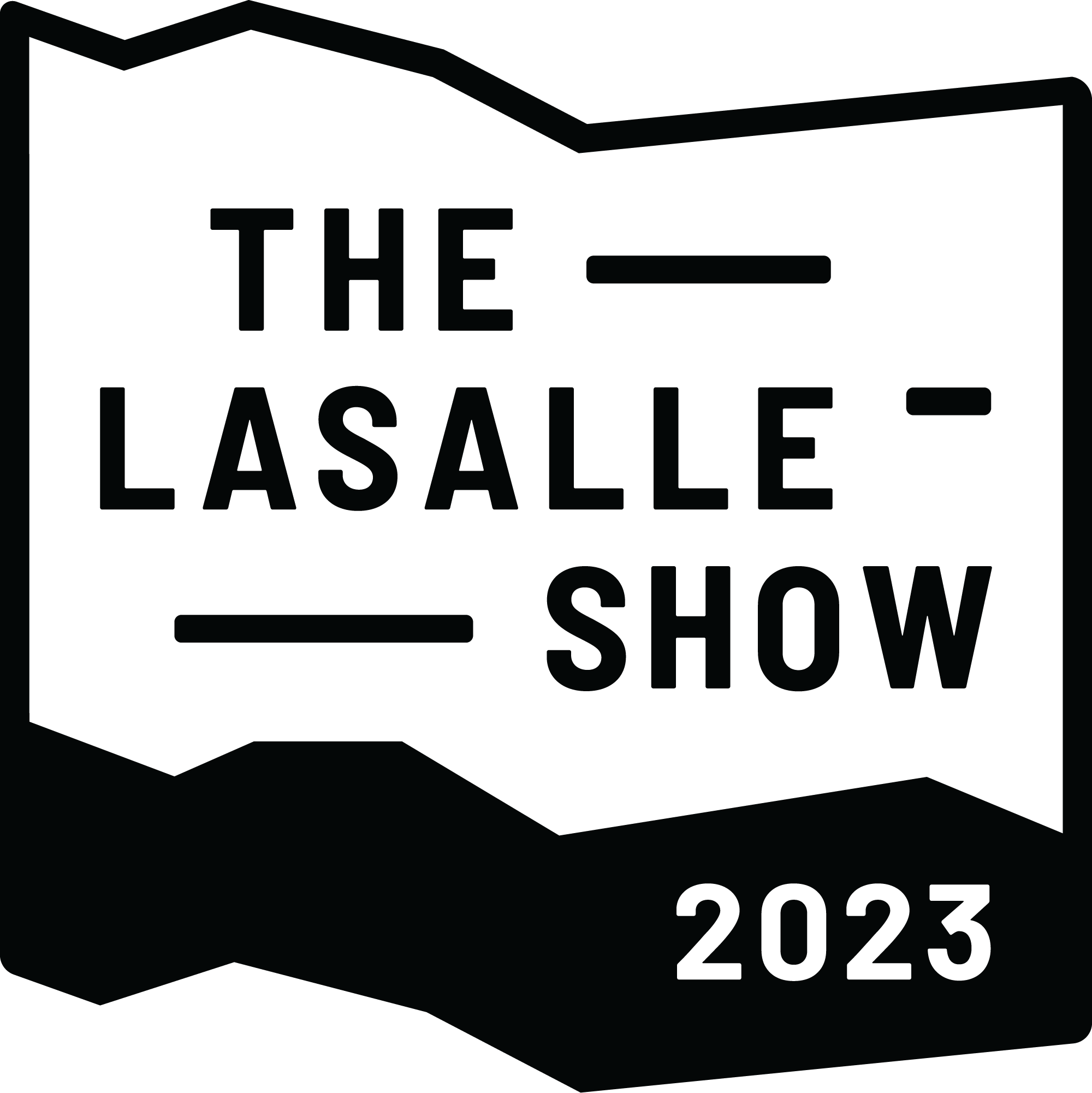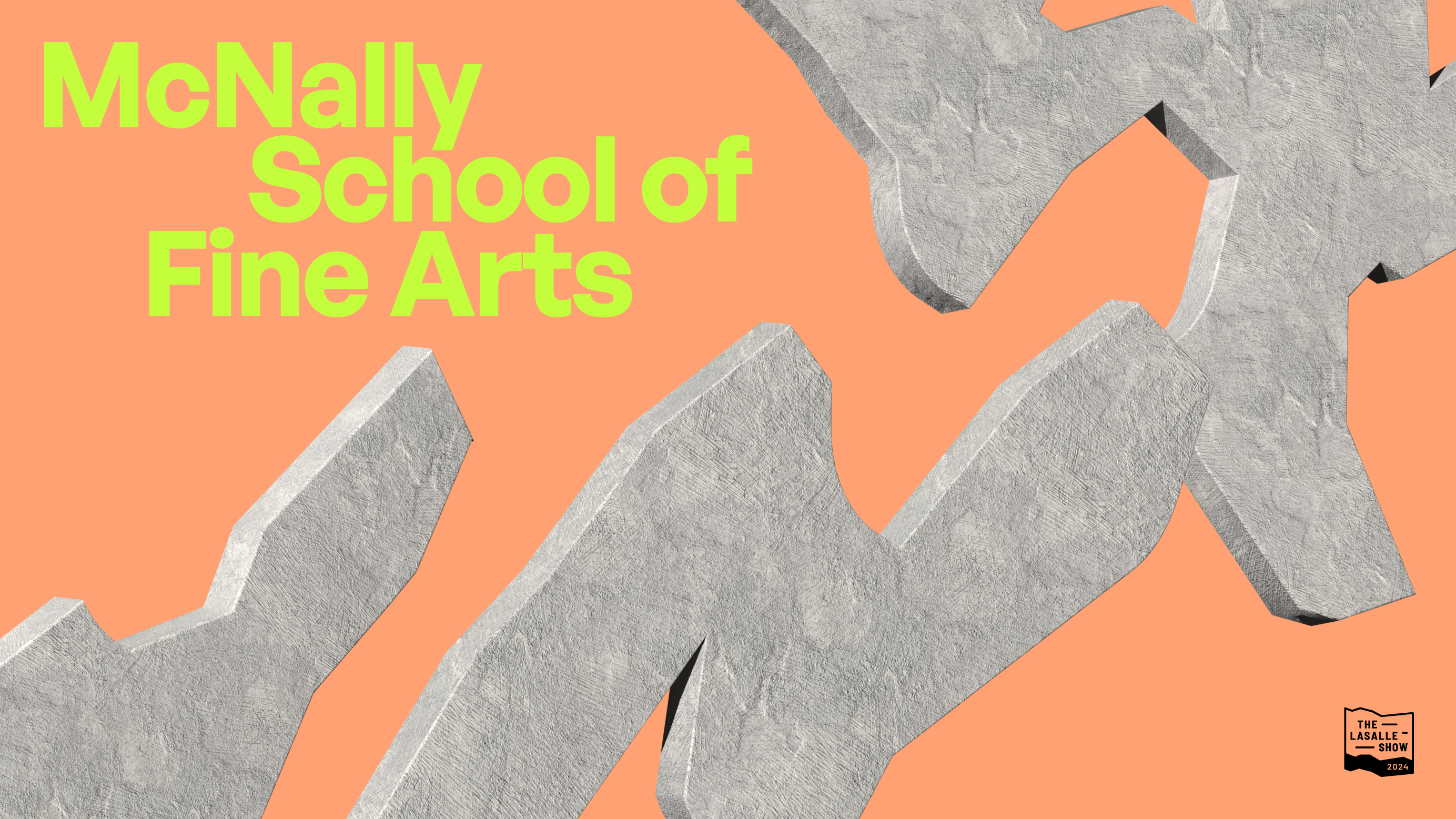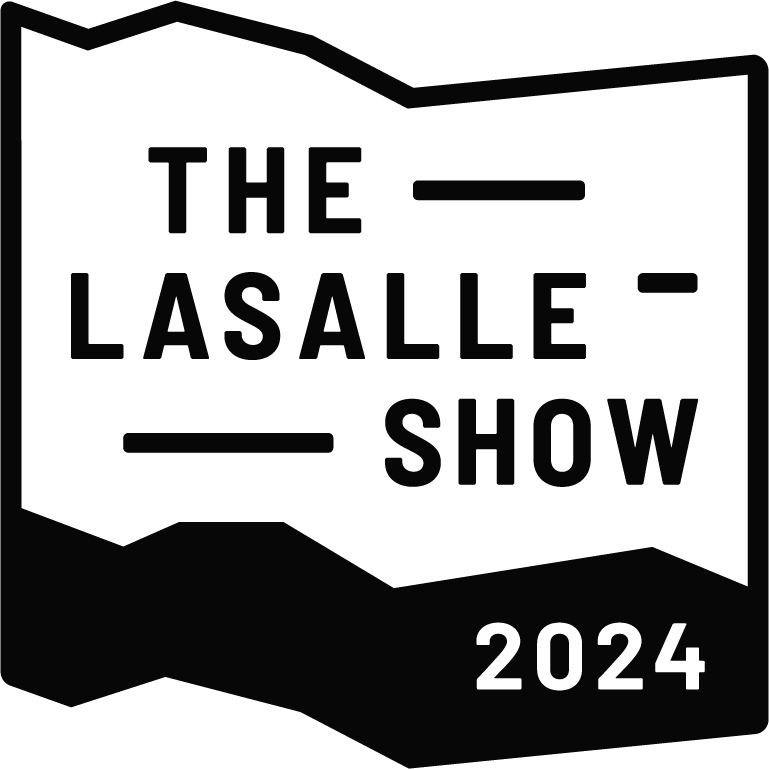Impact of the art ecosystem in the historicisation of cynical realism (1990s–2010s)
This thesis adopts a retrospective stance to examine the impact of the art ecosystem and agencies (namely the Chinese state, museums, auction houses and collectors) in influencing cynical realism in the period 1990s to 2010s. The study examines the impact of the above agencies, from the perspectives of China and beyond, that led to the rapid rise of cynical realism and its burst onto the international art scene that would become a key driving force in the contemporary Chinese art through the 1990s and 2010s. The huge success of cynical realism brought contemporary Chinese art to greater prominence in the global art world.
Through the Chinese lens, Chinese psyche and artistic style, the sociopolitical concerns of China are depicted via visual strategies – through expressions of fear, parody, irony and disgust. Unlike past movements that seemed to react to mainly Western issues such as capitalism and consumerism, cynical realism pushed the boundaries, despite its non-ideological framework, in its depiction of the local while channelling the artists’ concerns by incorporating strong undertones of sociopolitical subversion.
Despite its tremendous success, this thesis contends that cynical realism was more of a reactive phenomenon of the sociopolitical environment in China than an artistic movement, due mainly to the dominating impact of the above agencies. Nevertheless, cynical realism is postulated as significantly accomplished in introducing a new form of artistic practice in China, thus situating itself in an important role in contemporary Chinese art.





